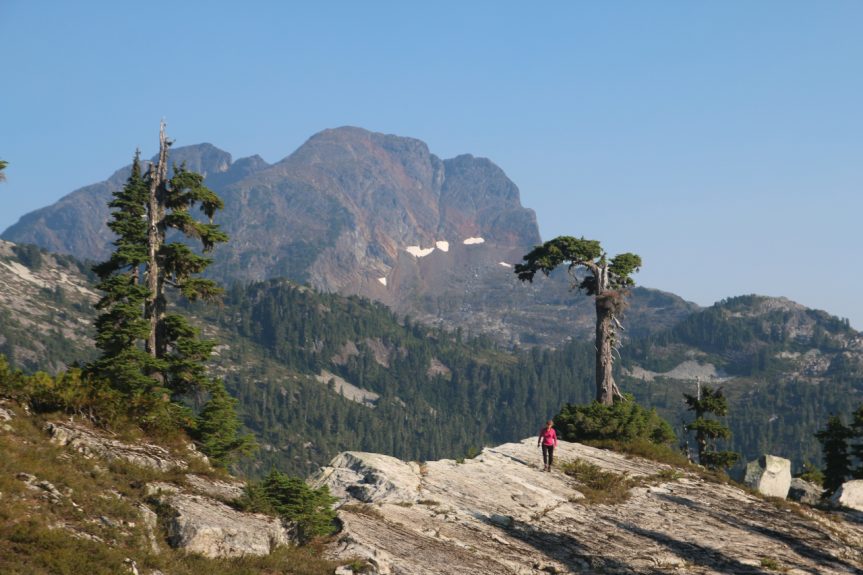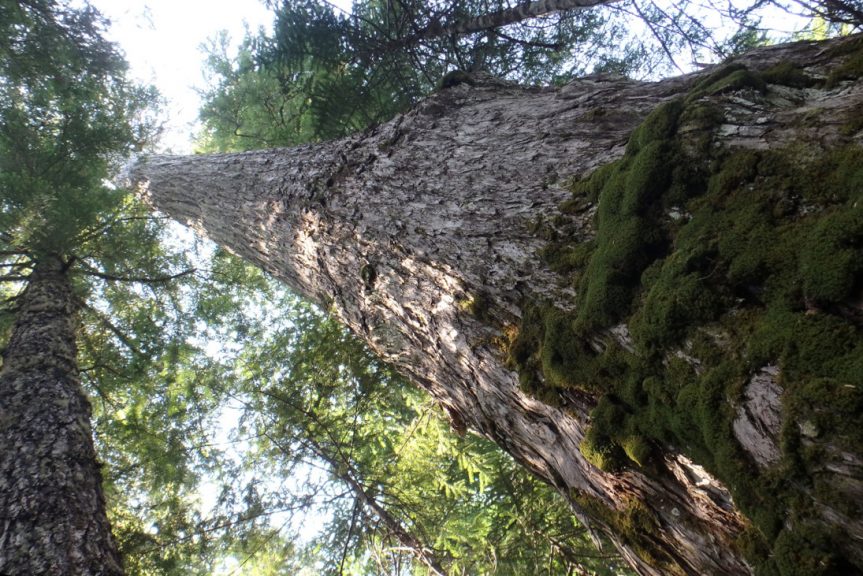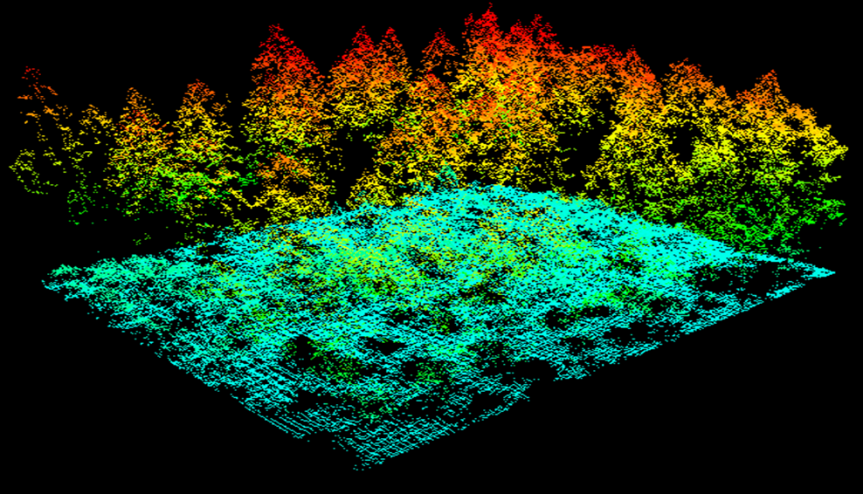Alpine Adventure – Take 20
by Tom Koleszar, 18 August 2018.
Twenty of us recently enjoyed a helicopter trip into our local alpine country. Flying from the airport and from a staging area near Goat Lake, we spent the day on a ridge top between Diane and Joan Lakes, near Mt Baldy. It was a great day as we were able to find a window of wonderful weather amidst all the forest fire smoke we’ve been having!
We spent the day exploring the ridge, enjoying the views, and sampling the blueberries (they were everywhere!). After everyone arrived on the ridge top, we spent the rest of the morning on a tour of the area learning about the geology, geography, shrubs, and trees, though we were a bit late for most of the wildflowers (there was some saxifrage, but most others were already done).
The ridge itself and the surrounding mountains provided excellent examples of the geology, including Coast Plutonic Complex diorites along with Gambier and Vancouver Group volcanic and sedimentary rocks. Lichens and mosses were common, as were heathers, different kinds of blueberries, and rhododendrons in areas with a bit more soil. It was obvious that the trees up there have a very hard life, but we identified lots of Mountain Hemlock and Yellow Cedar (some very old!), along with a few Subalpine Fir and an occasional Mountain Ash!
After lunch, we had some free time to explore as we wished, or just relax and enjoy a beautiful alpine day. Our group included everyone from experienced local climbers remembering past days all the way to those seeing our alpine areas for the first time, and I think a great time was had by all!
Special thanks go to Nancy Pezel for helping with the trip, our drivers who took folks to the staging area over many kilometers of dusty roads (John Pezel, Lee Edmunds, Nancy Pezel and Simon Goede), and also to Pilot James Mode of Oceanview Helicopters for safe flying and interesting tours!









































